7 tips to improve the e-learning experience
- When possible, record your lessons
- Prioritize personal connections
- Shorten your presentations
- Provide information in multiple ways
- Make sure your assignments can be done virtually
- Look for free resources
- Collect student and parent feedback
States and districts across the country are still developing plans for the fall. Even schools that have opened for in-person classes have either quickly closed or developed an e-learning experience for quarantining students.
Teachers and school administrators alike were caught off guard when schools first closed in March, but now everyone can prepare for virtual school. There are a few ways you can streamline the experience to help your students. Follow these tips to take e-learning to the next level.
Pro Tip
For an insightful look into the future of higher education, explore “8 Top Trends in Higher Education to Watch in 2024” on Jotform’s blog.
When possible, record your lessons
Some schools may limit what you can record, and there can be tech issues, like incompatible software, but try to find a way to record your lessons whenever possible. There are several benefits. Students who are sick or otherwise unable to attend class, for instance, can watch the video later. Those who do attend class can rewatch parts of it to update their notes and better understand the lesson.
Some educators have even made recordings an essential part of the e-learning experience. Students watch the recording outside of class and then spend their time in class asking questions and doing homework. (This concept of a flipped classroom, which former teacher Elizabeth Trach describes in an article at Schoology Exchange, was around long before the pandemic hit.)
School administrators can do the same thing, sending policy updates by video to teachers and staff. As much as possible, meetings should be virtual. Administrators should record a brief video summary and send it to anyone who missed the real-time meeting. These are health/safety and distancing measures as well as time savers. They will let those working from home stay informed about a quickly evolving situation, without being buried under an avalanche of emails.
Pro Tip
Create online quizzes, registration forms, surveys, and more with Jotform’s free education forms.
Prioritize personal connections
Social distancing has been difficult for people of all ages and backgrounds, but especially for kids and teens who rely on their friends for support. Right now, one of the best things you can do is give your students opportunities to make personal connections.
For example, assign group work or group study tasks that require students to pair off or work in teams. You can also spend a few minutes checking in with each of your students to make sure they’re learning. These are small steps, but they can have a big impact on the mental health of your students.
Shorten your presentations
Most people can only pay attention for about 20 minutes before they get bored or distracted. That short attention span shortens with younger learners — especially those who are learning by way of video.
Look for ways to break up your presentations. You can do a 10-minute lecture followed by a five-minute activity. You can also incorporate music, videos, games, and fun quizzes to hold the attention of your students.
A lecture is the easiest way to communicate information virtually, but it doesn’t necessarily make for a good e-learning experience.
Pro Tip
Turn your lessons into guided, voice-narrated slides with Jotform Presentation Agents. These interactive presentations help students move through material at their own pace, perfect for breaking up long lectures and making lessons more accessible and engaging.
Provide information in multiple ways
In a traditional classroom experience, your students can ask you to explain something or ask for more context. This may not be possible in the e-learning experience.
Present information in different ways so that learners with different styles can understand it. Also, make the lesson available in different formats. This could be as simple as downloading a transcript of each lesson. You can also share your PowerPoints, send students additional resources to learn more, and publish your notes to help parents and students study together.
Give students as many resources as possible to get the information they need.
Make sure your assignments can be done virtually
Not all assignments translate to the virtual classroom. Something you think might work well through video can actually be too complicated or require resources that students don’t have.
If you’re not sure about an assignment, test it out with another teacher. If you can’t clearly explain the process or your “volunteer student” is unable to complete the activity, then you need to tweak it or remove it from the lesson.
Also, remember that your students might not have access to certain supplies at home. Consider the financial situations of your students before you ask them to buy mini whiteboards or other items that aren’t essential to the learning process.
Look for free resources
If you do need to replace a lesson plan with a virtual option, look for resources that are free to students and teachers alike. The staff at WeAreTeachers compiled a list of more than 350 online learning resources.
Hundreds of museums, education startups, authors, and toy brands have created online content and made it free for educators. You can use these resources to break up your lectures and engage students without using physical items.
Make sure you test these websites and tools first. If the material doesn’t have the quality you need, there’s no reason to add it to the lesson and create potential distractions.
Collect student and parent feedback
Even if you develop unique virtual lesson plans and take steps to lead your classroom better than you ever thought you could, there will always be room for improvement. Keep an open mind this year, and listen to what your kids have to say about your teaching.
For example, you can create a feedback form using Jotform so students can let you know if they have problems with the assignments or don’t understand the material. You can also send surveys to parents and make adjustments based on their input.
School administrators can use Jotform to collect feedback from teachers and parents, too. Clear communication is crucial during these uncertain times, and we’re all learning together. Each survey or request for feedback should have a clear objective and timely response, even if it’s just an acknowledgement.
Everyone wants this pandemic to end so we can all return to normal and kids can run around without masks. Right now, however, it’s important to make the best of a bad situation and ensure the e-learning experience is as positive as possible.





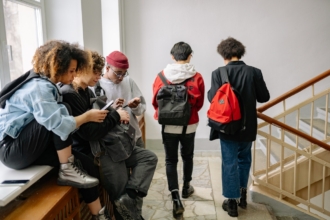


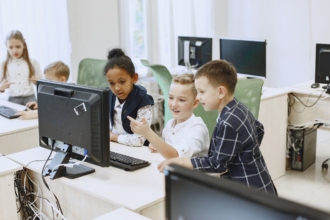

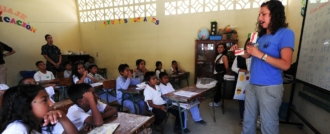









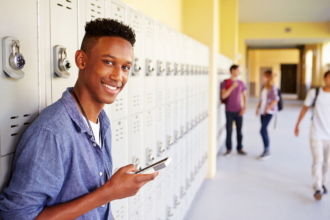










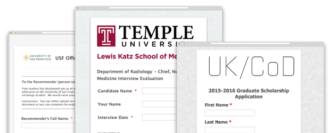









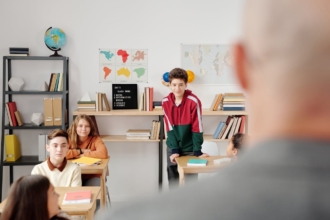



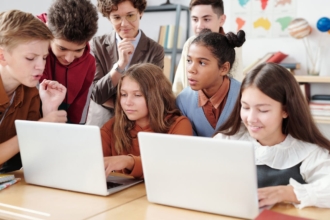








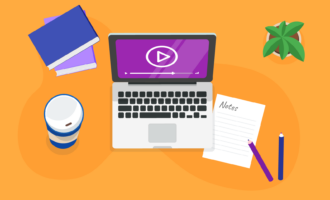


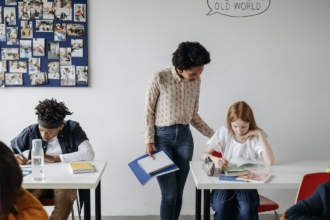



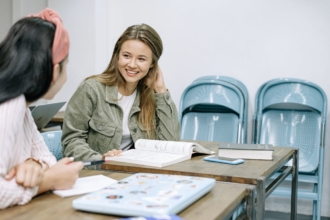
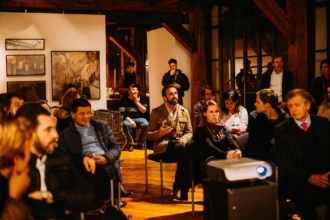


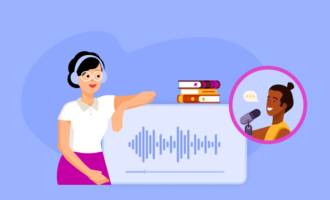







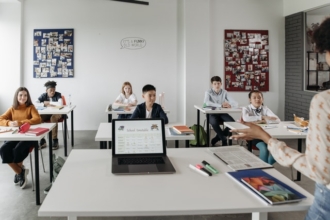





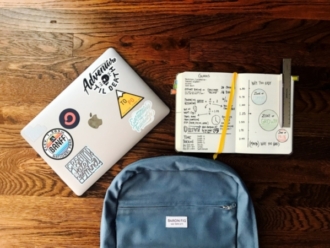

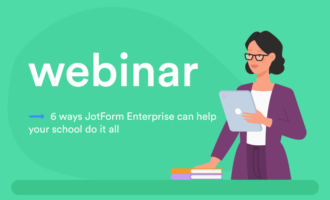


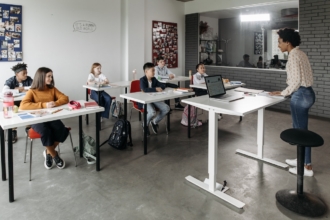



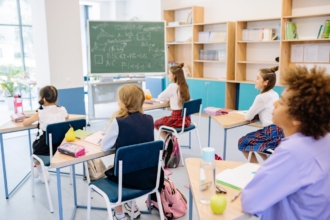





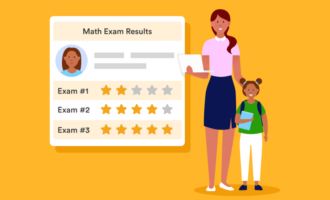


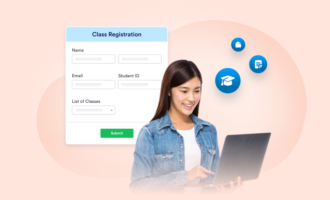



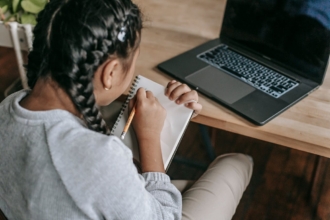

Send Comment:
2 Comments:
More than a year ago
Dynamic Pixel Multimedia Solutions offers comprehensive E-Learning courses and assessments that enable individuals and enterprise organisations to provide effective training. Our e-learning courses possess quality content, interactive simulations, graphics and quizzes, making learning interesting and effective. Our interactive e-Learning content allows user to take courses anytime, anywhere.
More than a year ago
What a great article. Lots of helpful info. Thanks for sharing.